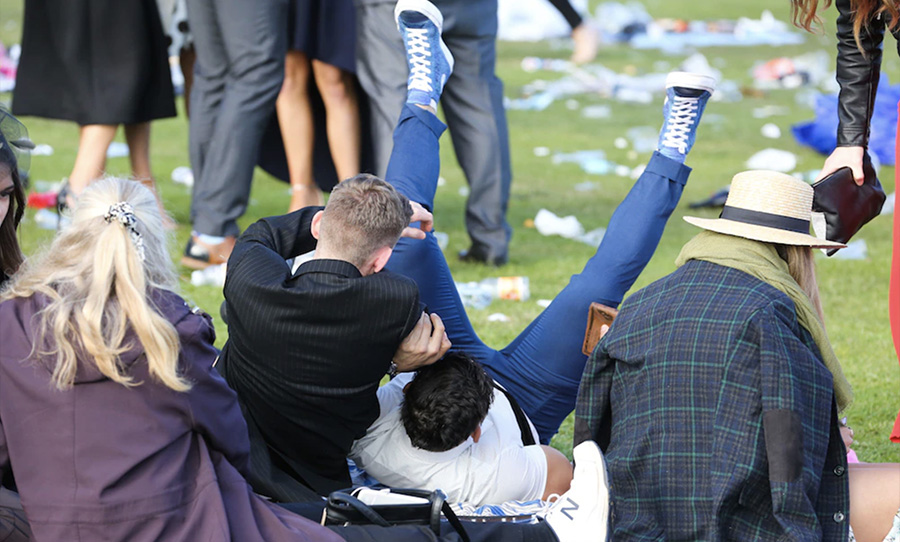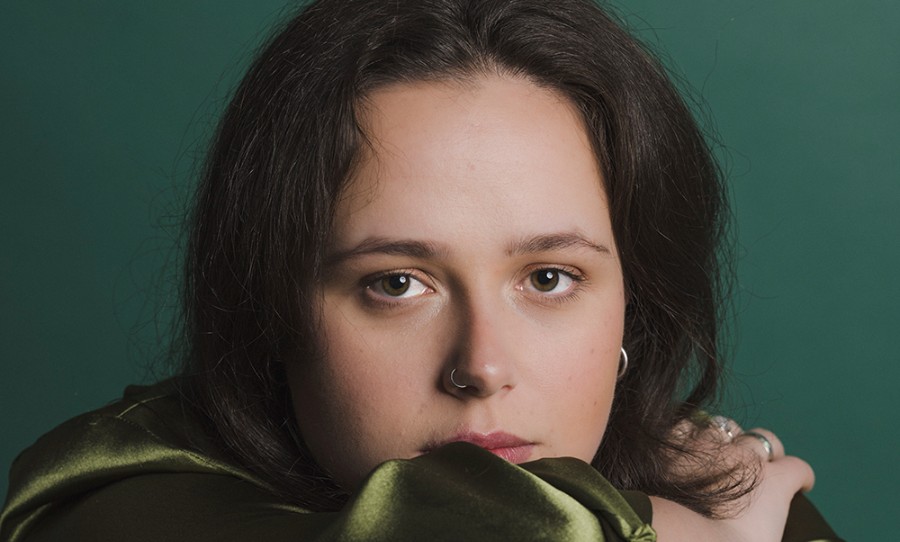The Melbourne Cup feels a little different each year, an extravaganza of diminishing returns that grows more troubling each cycle we refuse to put it out of its misery.
The Melbourne Cup is an Australian institution. It has somehow managed, through its signature blend of debauchery and faux fancy, to weasel its way so far up the ass of our national identity that it’s currently sleeping smack bang between a koala and a jar of vegemite.
But here’s the thing: if that’s all it was, we wouldn’t be writing this article. We’re convinced that the Melbourne Cup doesn’t add up – that it costs us more than we realise, and more than its worth.

A tradition that’s lost its lustre
The first Melbourne Cup took place in 1861. For some context, some of the more popular modes of entertainment during this period included marbles, taxidermy, attending seances, picnics at the local cemetery and, less bizarrely, the theatre.
I understand how, at least when compared to those sorts of activities, a race between majestic horses with tiny humans on their backs would be considered pretty spectacular. Mix in the thrill of gambling and you’ve got yourself what one might call ‘the opiate of the masses’.
Fantastic stuff, right? Sure, but have you seen somebody after using opium for a few years? What about 160? Because that’s how long we as a nation have been mainlining the Melbourne Cup. And I for one am starting to see us collectively crack.
The Melbourne Cup normalises harmful behaviour
Australians have a profound gambling problem and it doesn’t seem to be related to our relative prosperity. Despite suffering through a financially crippling pandemic in 2020, NSW clubs made over $2.1 billion in profits from poker machines – a seven percent increase from the previous year.
What this shows is that, as is usually the case with addiction, usage goes up in times of stress and anxiety. Individuals aren’t in control of this behaviour, which is to say that their dignity is no longer solely in their own hands.
The Melbourne Cup is part of this problem, playing an important role in legitimising gambling to first-time gamblers and the younger generations. In this context it is portrayed as a harmlessly frivolous activity, like a few drinks to blow off some steam.
But the Cup is also a well-documented catalyst for increases in calls to domestic violence services, a consequence of lost cash plus a massive spike in alcohol and illegal substance abuse across the nation – but especially in Victoria.
With the Melbourne cup coming up this is just a reminder that if you get joy out of extravagant outfits and excessive whipping that fetish clubs exist
Save a horse, beat a masochist
— Faust (@faust__666) October 25, 2021
A curious exception to too many rules
While music festivals were coming under (in many cases insurmountable) scrutiny from Australian police in late 2019, the Melbourne Cup went ahead without the presence of a single sniffer dog. One drug arrest was made out of the 81,408 Flemington Racecourse attendees. Close the book folks, Victorian police got them all.
While casinos and poker machines have been coming under more serious audit from activist groups, hospitality conglomerates, and governments alike, racing has never seemed to take as much heat. Remember when NSW premier Mike Baird legislated a ban on greyhound racing on moral grounds in 2016, then backflipped three months later after pressure from the industry and his own party?
Events like the Melbourne Cup, and lobbying from those who profit from such events, have created a culture of acceptance and protection around the sport of animal racing. A culture that continues to inflate the damage done – by way of personal expense, drug and alcohol-related violence, animal cruelty, and the normalisation of gambling – by these ‘classy’ events.
Australians are told to “gamble responsibly” by ads every day, but we don’t even believe the words. At the same time, we make success stories out of punters who bet risky and win big, interviewing them on morning TV and breakfast radio.
And the result? While other forms of gambling such as entering the lottery, playing Keno, buying scratchies, or betting on sports that aren’t horse or dog racing declined between 2015 and 2018, spending on the races increased by 190 percent. Almost double.
Q: What do you get when you mix bogans, booze, barbaric animal cruelty and way too much cocaine?
A: The Melbourne Cup.
Keep the bogans, coke and booze, couldn't care less, but while animals are involved, I say #NuptotheCup.
— PRGuy (@PRGuy17) October 30, 2021
The race that stops a nation
What makes the Melbourne Cup special is Australians coming together from all walks of life and letting loose. But surely we can come up with something better to replace it than what we came up with in 1861? The Melbourne Cup divides us, when an alternative could accomplish everything it does – without the extra human and animal suffering.
The economic benefit of the Melbourne Cup is relevant, of course. In 2019, the Cup injected $447.6 million into the Victorian coffers, a figure that has continuously risen since 2014 (excluding 2020, when the Cup didn’t go ahead with crowds).
But the other figure that won’t stop increasing is the total amount of money Australians are losing to gambling as a whole – which is at $25 billion as of 2018-2019. Per capita, it’s more than anywhere else in the world. Racing makes up a cool $3.5 billion of that total sum.
Australia is perhaps the only country with an internationally recognised horse race of Melbourne Cup’s standards, “the race that stops a nation”. Every man, woman, and child in Australia knows it, many Australians enjoy a public holiday in its honour. The horses and jockeys are celebrities, and fuck, how good are the hats?
But at some point you’ve got to ask, just how much does the Melbourne Cup cost? How much of that $3.5 billion dollars that Australians are throwing down the drain each year exists because of this global, ritzy little race?
Is it worth the money? Is it worth the seven horses that have been executed during the last eight races? Is it worth our dignity?
By Alastair Cairns and Tom Cameron
Help for anyone suffering from an addiction to gambling can be found here.
If you or anyone you know is experiencing domestic violence, call 1800-RESPECT (1800 737 732) or visit their website for resources.



